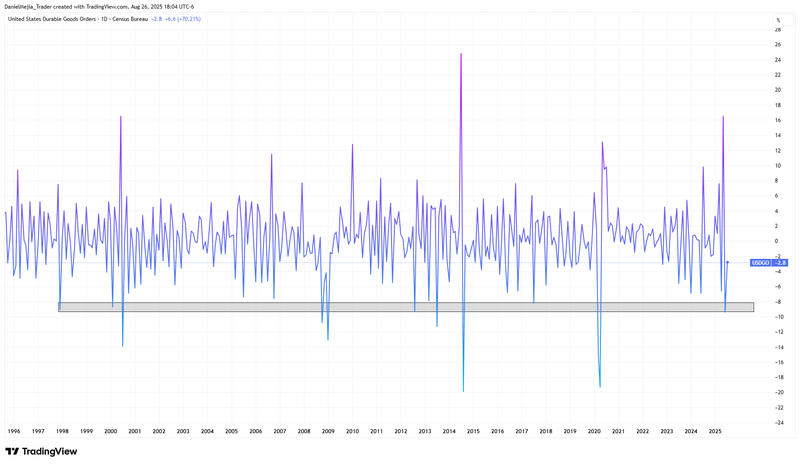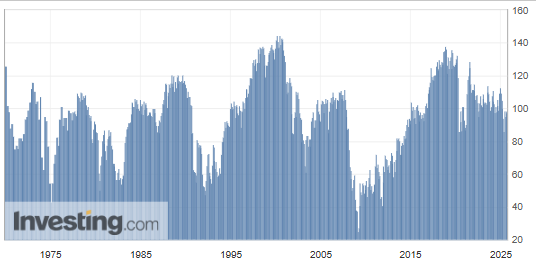U.S. markets rise despite political uncertainty; dollar slips
U.S. equities advanced intraday even as an attempt to remove Fed Governor Lisa Cook stirred political risk. The dollar weakened, gold firmed, and European equities ended lower.

Trump’s push to oust Fed Governor Lisa Cook stirred political risk, but U.S. stocks still closed higher
Gold rose for a fifth straight session on dollar softness and safe-haven demand
Durable goods orders contracted less than expected, suggesting resilient underlying demand
The Conference Board Consumer Confidence index remains stable, albeit on a gentle downtrend
Fed independence under scrutiny
President Trump’s move to dismiss Fed Governor Lisa Cook injected political risk into markets, reviving concerns about the White House exerting pressure on the central bank to cut rates. Trump cited alleged irregularities in Cook’s mortgage financing, while Cook responded that the president lacks the legal authority to remove her and she would not resign.
Despite the heightened tension, the S&P 500, Dow Jones and Nasdaq gained about 0.40% on average, reflecting investor focus on the rising probability of monetary easing rather than on institutional risks.
Gold extends rally as dollar weakens
The U.S. Dollar Index fell 0.23% intraday, weighed down by political uncertainty. Gold rose nearly 0.90%, extending its five-day winning streak. The move was underpinned by two dynamics: a weaker dollar boosted affordability in non-USD terms, while questions over Fed independence reinforced safe-haven demand.
Durable goods orders decline, but beat forecasts
Durable goods orders fell 2.8% MoM in August, better than expectations of a 4.0% drop. While the decline highlights ongoing softness in demand for capital goods, the smaller-than-forecast contraction suggests resilience in some sectors.
For context, sharp monthly declines — exceeding 9% — have historically coincided with periods of acute economic stress. After July’s –9.4% plunge, the August print marks a normalization, partly driven by base effects. The trajectory of coming releases will help determine whether trade-policy frictions begin weighing more heavily on U.S. consumption.

Consumer confidence edges lower
The Conference Board’s Consumer Confidence Index printed at 97.4 in August, above consensus expectations of 96.4. While the index remains close to the 100 “neutral” threshold, the broader trend has been drifting down from its 2018 highs, signaling a gradual softening in household sentiment rather than an abrupt deterioration.

